How mice with two dads bring us closer to two men having a child of their own
Science breakthrough produces healthy, fertile mice from two sperm cells and an empty egg
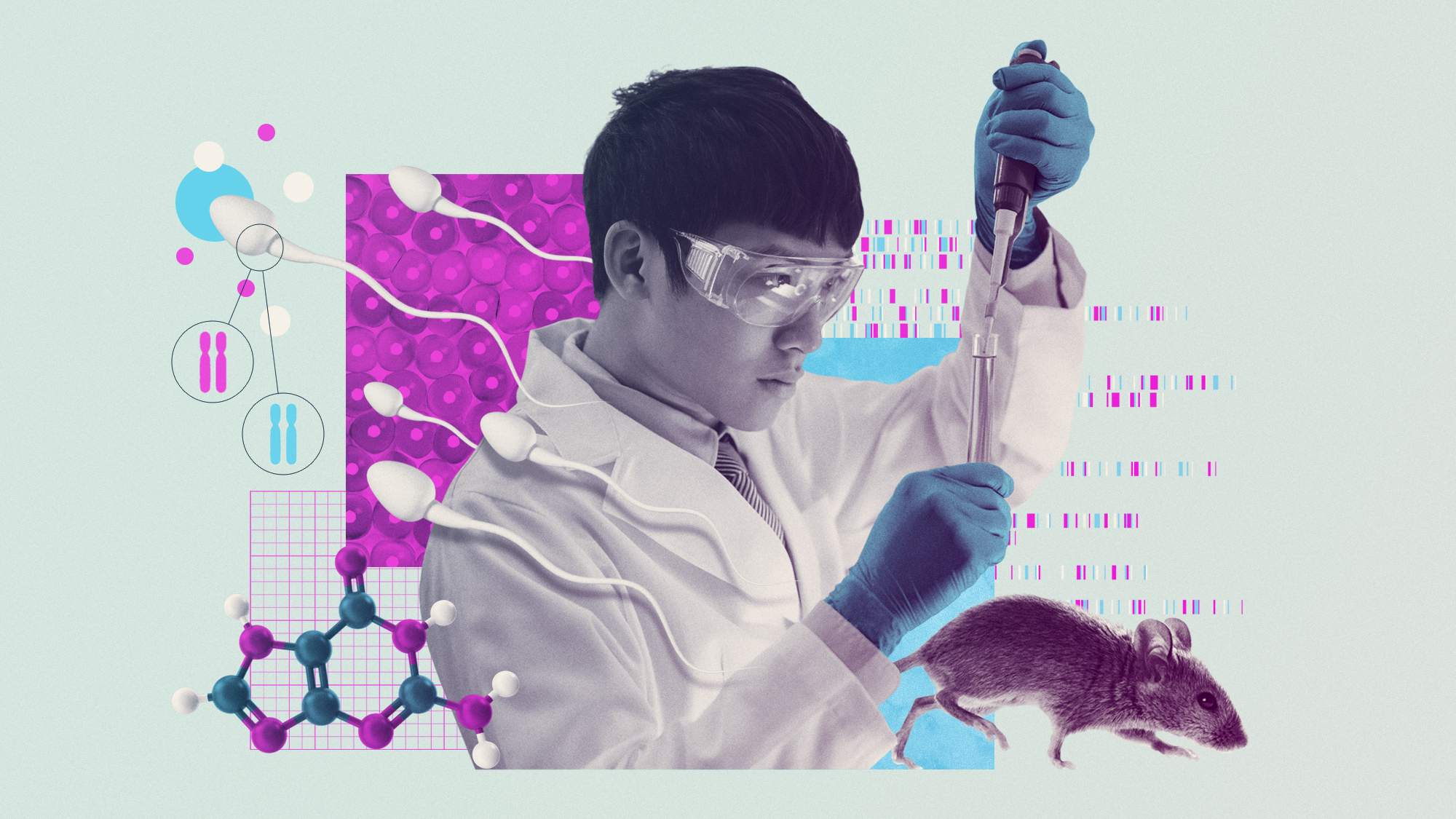
Mice with two fathers have, for the first time, gone on to have babies of their own, showing that mice created with two sperm cells can be healthy and fertile – and paving the way to a future in which two men may be able to have a genetically related child.
There are huge barriers to overcome before this could become a reality for humans, but the mouse breakthrough, led by Yanchang Wei at Shanghai Jiao Tong University in China and published in PNAS, is significant: previous attempts, using a different method, weren't able to produce mice that were healthy or fertile.
How did they create mice with two dads?
The scientists put two mouse sperm cells into a mouse egg which had been emptied of its nucleus (where the maternal DNA is contained). Then they used a method called epigenome editing to "reprogramme" parts of the sperm DNA so that it could develop into an embryo. The embryo was then placed into the uterus of a surrogate mouse mother.
The Week
Escape your echo chamber. Get the facts behind the news, plus analysis from multiple perspectives.

Sign up for The Week's Free Newsletters
From our morning news briefing to a weekly Good News Newsletter, get the best of The Week delivered directly to your inbox.
From our morning news briefing to a weekly Good News Newsletter, get the best of The Week delivered directly to your inbox.
The method produced three living pups, two of which grew to adulthood and were able to mate successfully. However, the process was far from efficient: those two mice were the only ones to survive from the 259 embryos transferred to female surrogates. That's a 0.8% success rate.
What are the scientists trying to achieve?
Unlike previous experiments, which involved genetic modification and deleting sections of DNA, the new epigenome editing method doesn't modify genes but instead controls their activity.
This means it can overcome the issue of genetic imprinting. During the formation of eggs and sperm, imprints (a set of chemical labels) are added to the chromosomes which "pre-programme" some genes to be active and others to be inactive. These imprints are different in maternal chromosomes and paternal chromosomes, and affect development in different ways. So combining genetic material from two parents of the same sex can produce unviable offspring.
In 2004, scientists were able to overcome this genetic imprinting issue to produce embryos from the DNA of two female mice, but achieving the same with two male mice has been much more complicated.
A free daily email with the biggest news stories of the day – and the best features from TheWeek.com
Wei's epigenome editing method allowed his team to target the imprints, adding or removing the chemical labels to reprogramme the genes, rather than modifying the genes themselves.
Can it ever be used on humans?
In theory, yes. The epigenome editing method shows that genetic imprinting can be overcome – and it's a more acceptable method to use on humans than genetic modification (the effects of which are not yet fully understood).
But there are unlikely to be any children born to two fathers in the foreseeable future. Human embryo research is heavily regulated, and the success rate of this research so far is extremely poor.
The new research is "promising", Christophe Galichet at the Sainsbury Wellcome Centre told the New Scientist, but it is currently "unthinkable to translate it to humans" because of the "large number of eggs required, the high number of surrogate women needed and the low success rate".
Richard Windsor is a freelance writer for The Week Digital. He began his journalism career writing about politics and sport while studying at the University of Southampton. He then worked across various football publications before specialising in cycling for almost nine years, covering major races including the Tour de France and interviewing some of the sport’s top riders. He led Cycling Weekly’s digital platforms as editor for seven of those years, helping to transform the publication into the UK’s largest cycling website. He now works as a freelance writer, editor and consultant.
-
 How to financially prepare for divorce
How to financially prepare for divorceThe Explainer Facing ‘irreconcilable differences’ does not have to be financially devastating
-
 Why it’s important to shop around for a mortgage and what to look for
Why it’s important to shop around for a mortgage and what to look forThe Explainer You can save big by comparing different mortgage offers
-
 4 ways to save on rising health care costs
4 ways to save on rising health care costsThe Explainer Health care expenses are part of an overall increase in the cost of living for Americans
-
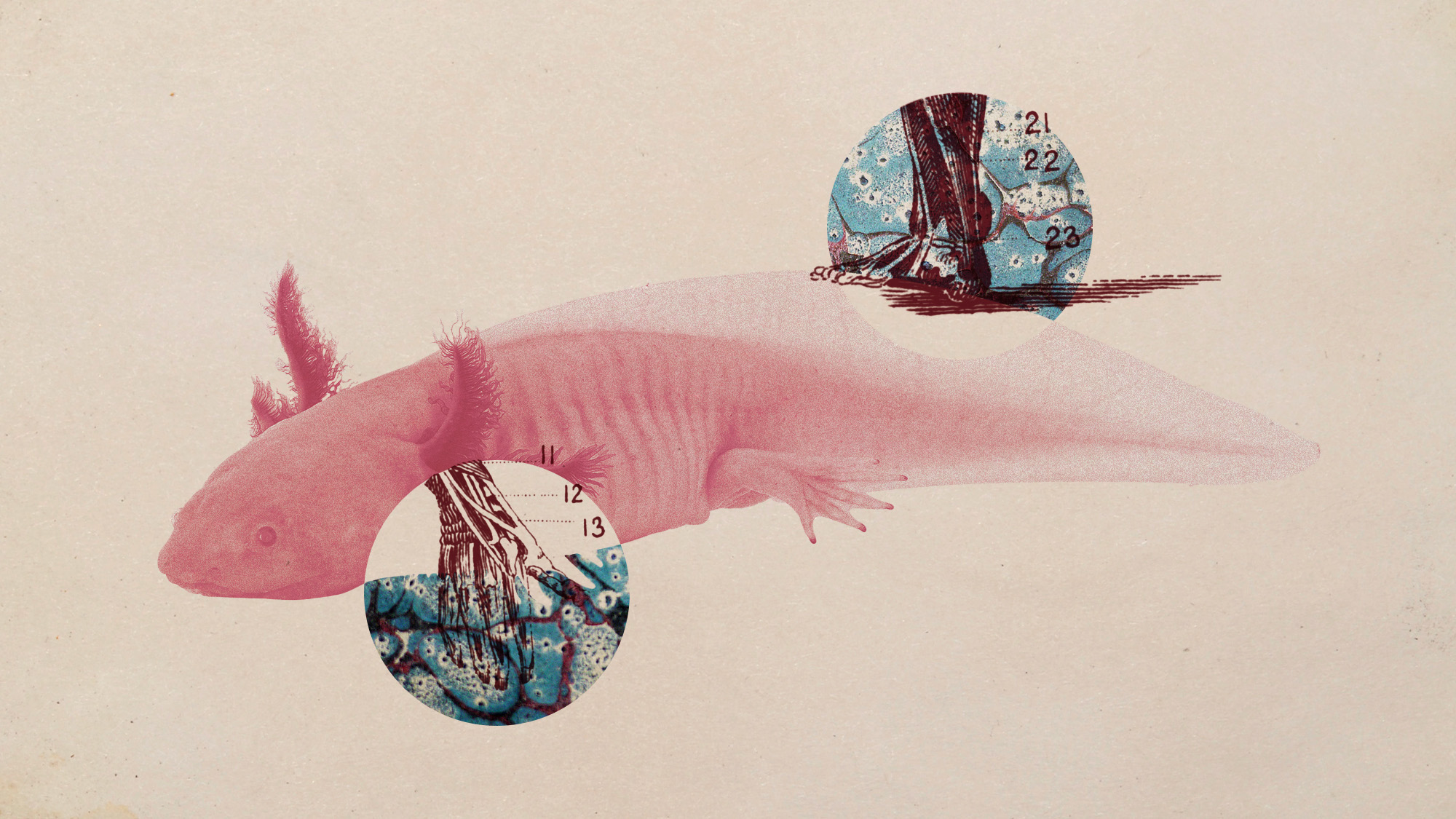 Scientists want to regrow human limbs. Salamanders could lead the way.
Scientists want to regrow human limbs. Salamanders could lead the way.Under the radar Humans may already have the genetic mechanism necessary
-
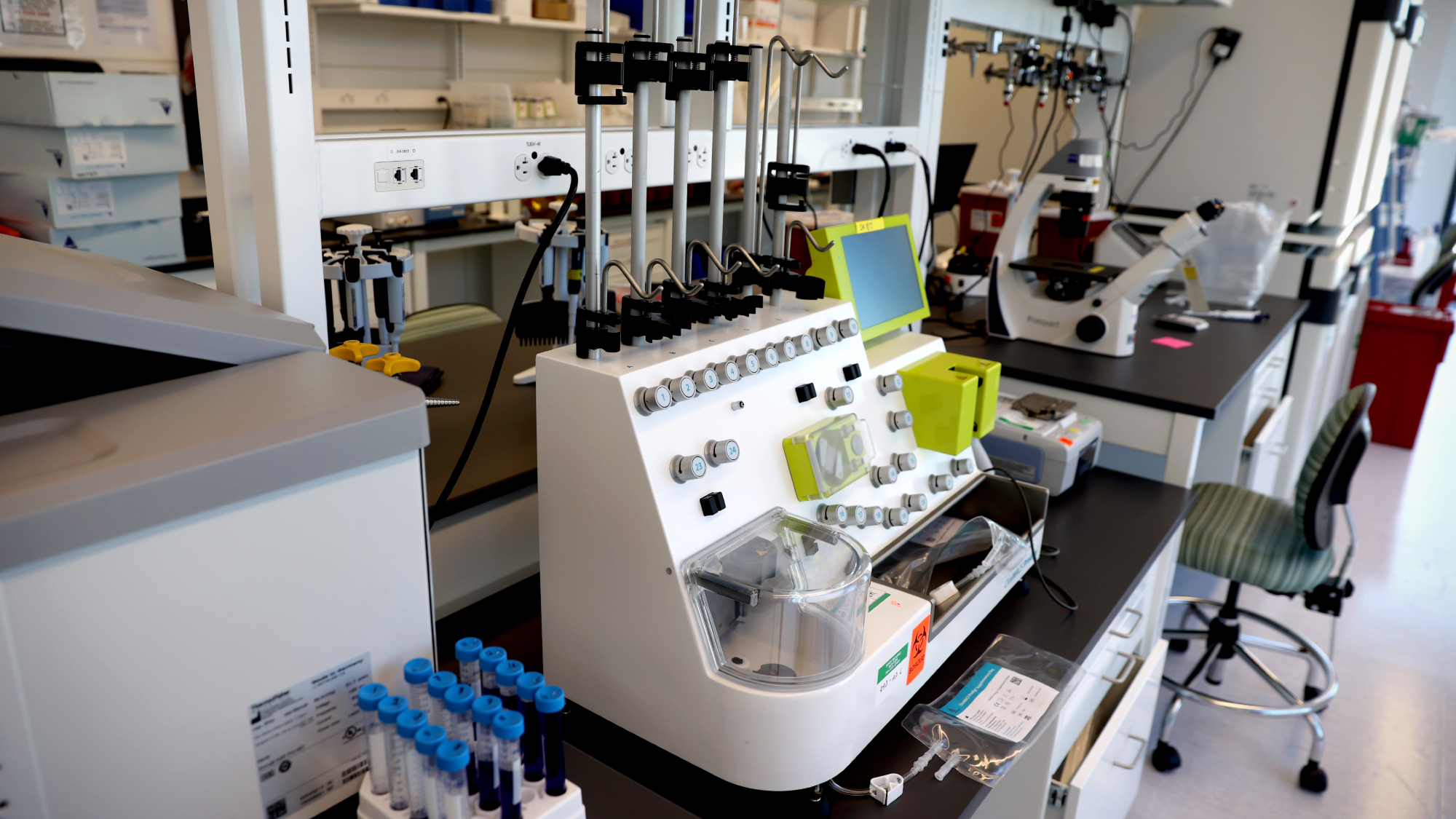 Breakthrough gene-editing treatment saves baby
Breakthrough gene-editing treatment saves babyspeed read KJ Muldoon was healed from a rare genetic condition
-
 Argentina's gene-edited horses
Argentina's gene-edited horsesUnder the Radar Scientists in the polo-obsessed nation have produced world's first genetically edited horses, designed to outrun champion mare whose DNA they (mostly) share
-
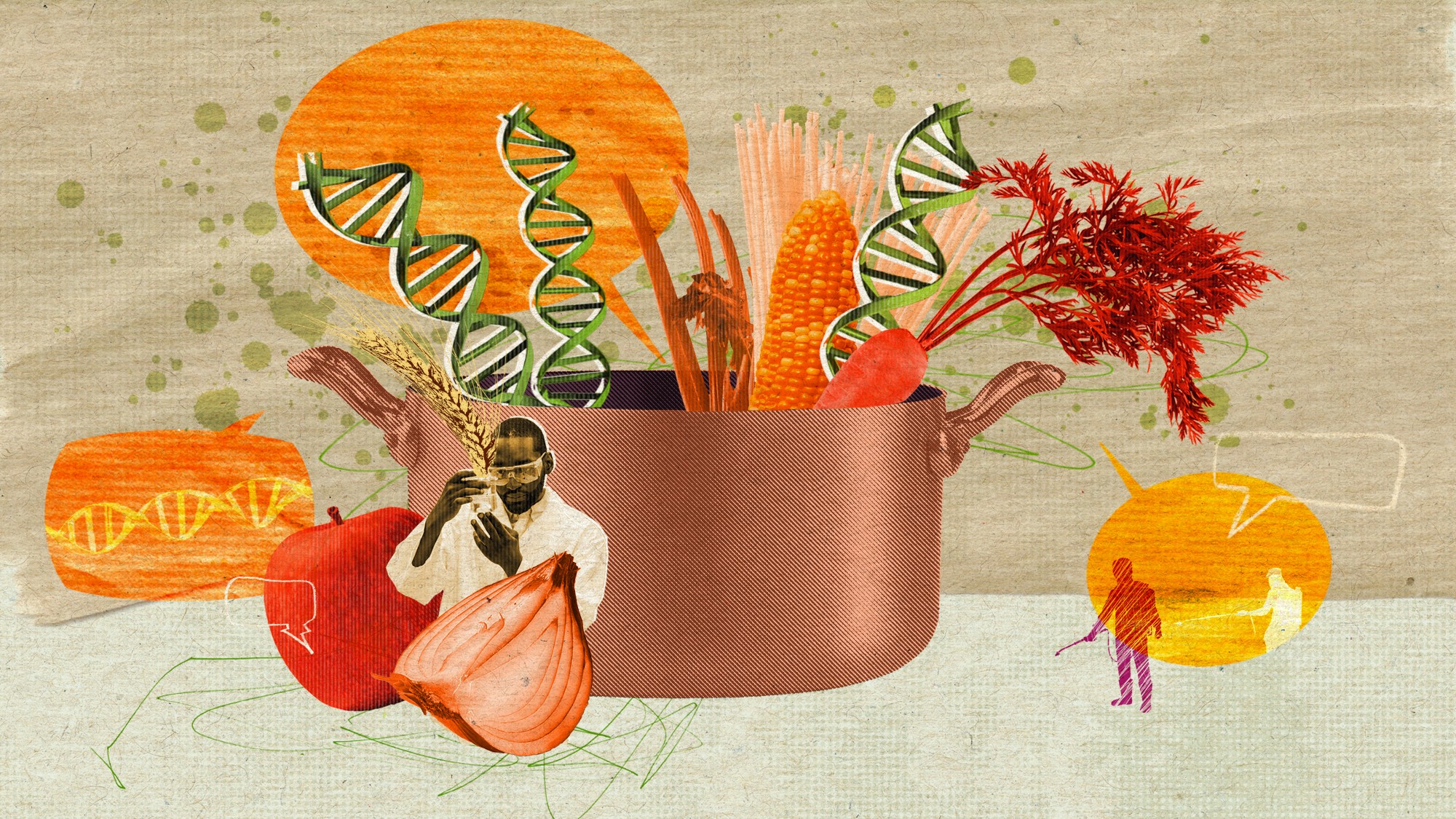 The pros and cons of GMOs
The pros and cons of GMOsPros and Cons The modified crops are causing controversy
-
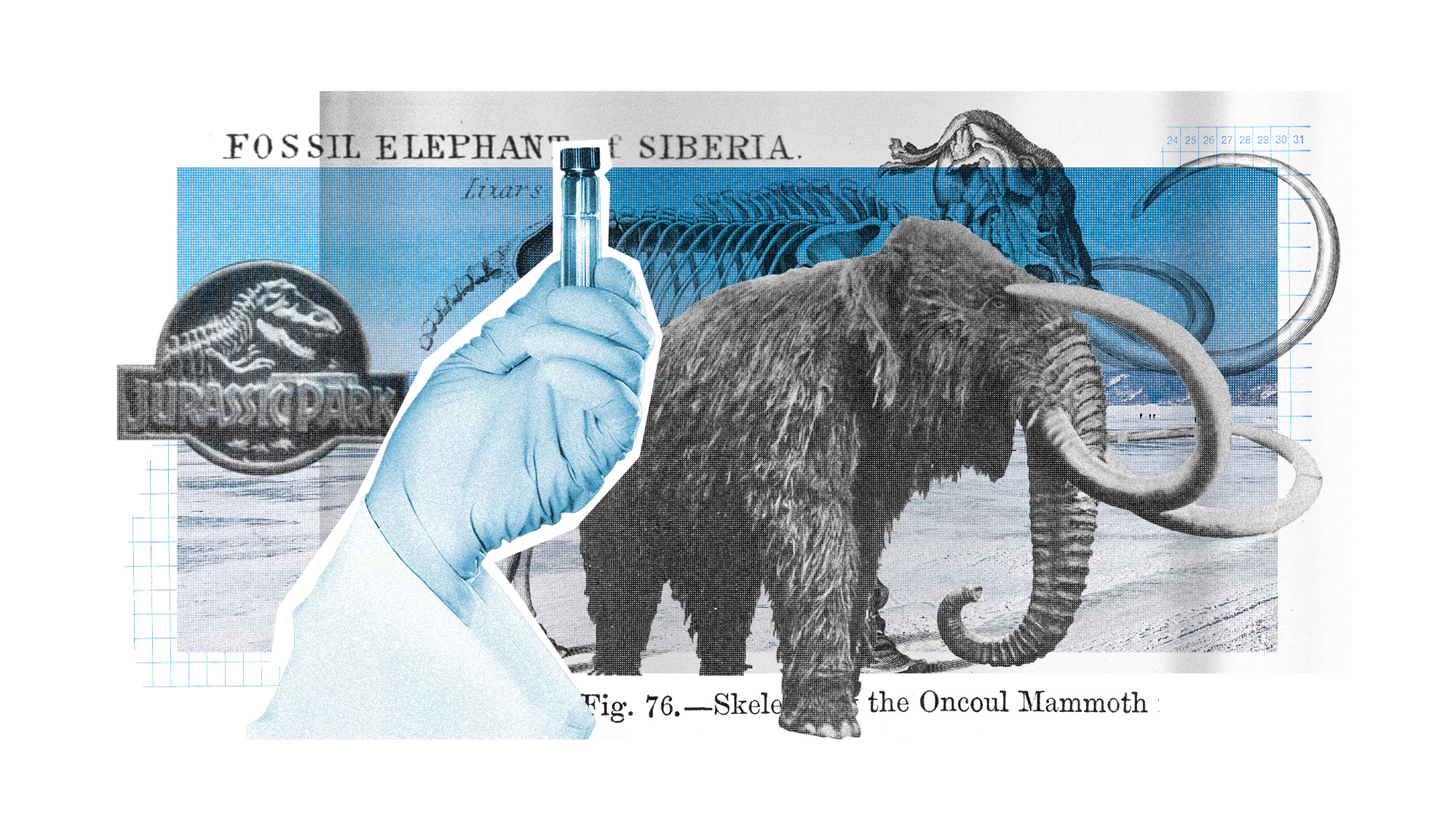 The de-extinction process to bring woolly mammoths back to life
The de-extinction process to bring woolly mammoths back to lifeUnder the Radar Biotechnology start-up's stem cell research brings possibility of genetically engineered species a step closer
-
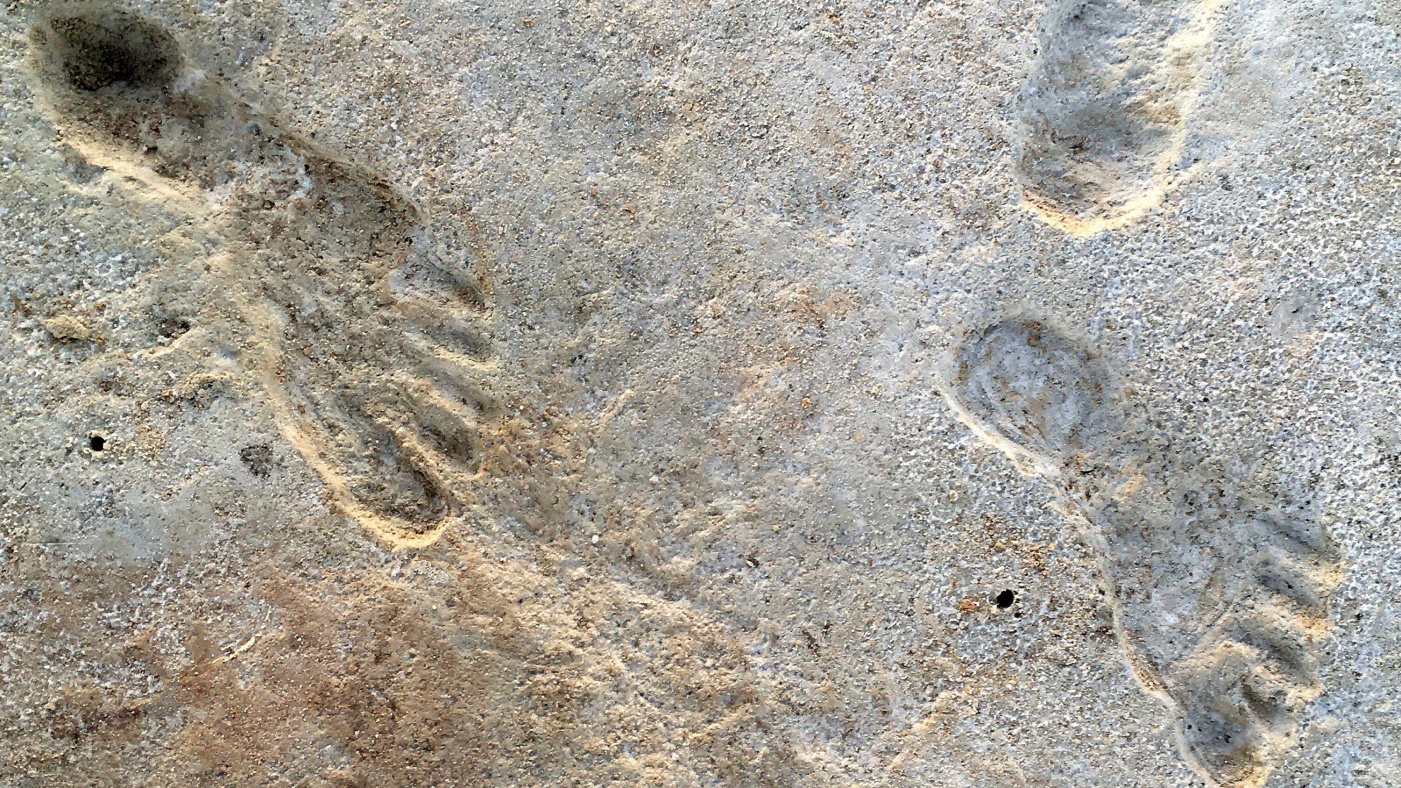 The new research changing what we know about the first Americans
The new research changing what we know about the first AmericansUnder the radar Humans may have reached the Americas thousands of years earlier than previously thought
-
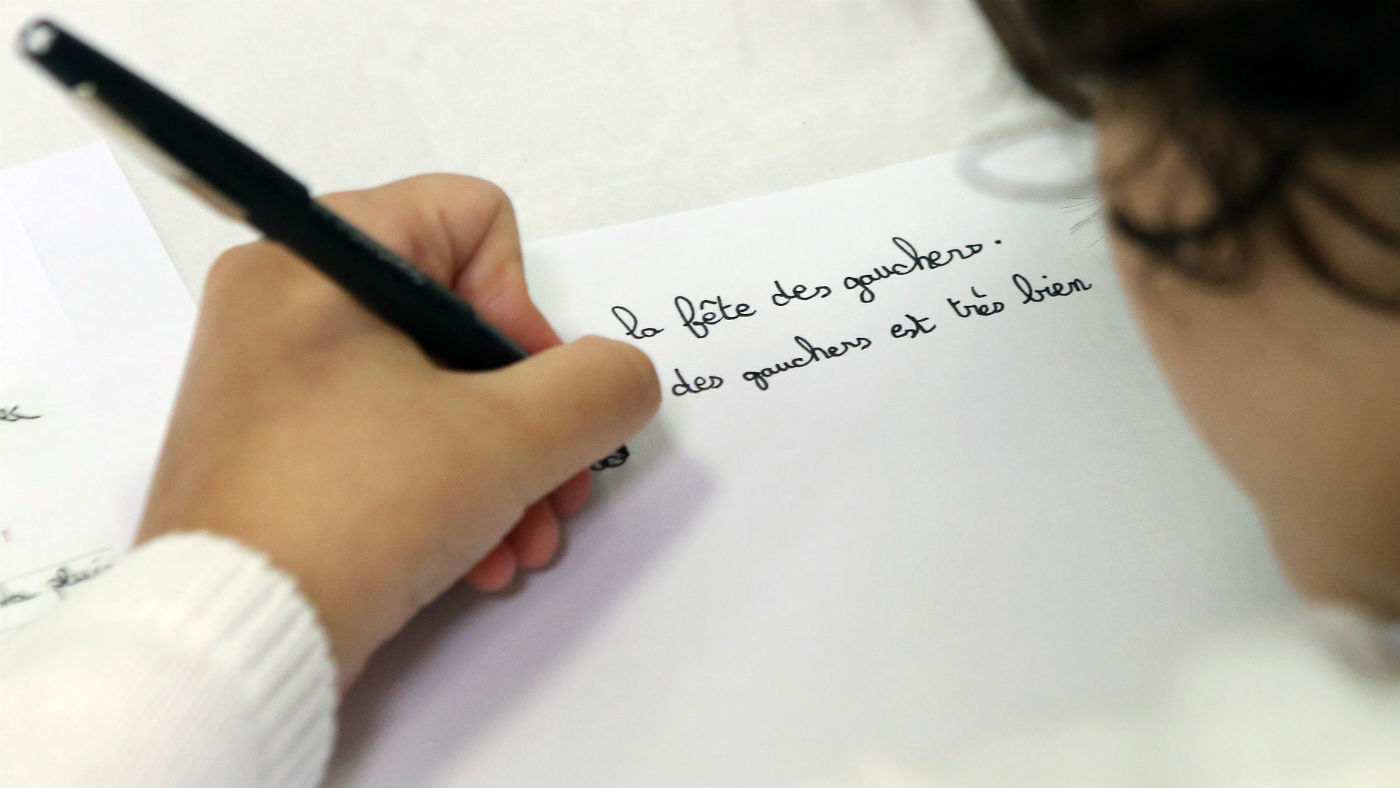 Are left-handed people genetically smarter?
Are left-handed people genetically smarter?Speed Read Variants in newly identified gene show differences in brain structure which could result in better verbal skills
-
 ‘Gay gene’ debunked by scientists
‘Gay gene’ debunked by scientistsSpeed Read Largest study of its kind finds sexual preferences are influenced by complex mix of genes, environment and life experiences